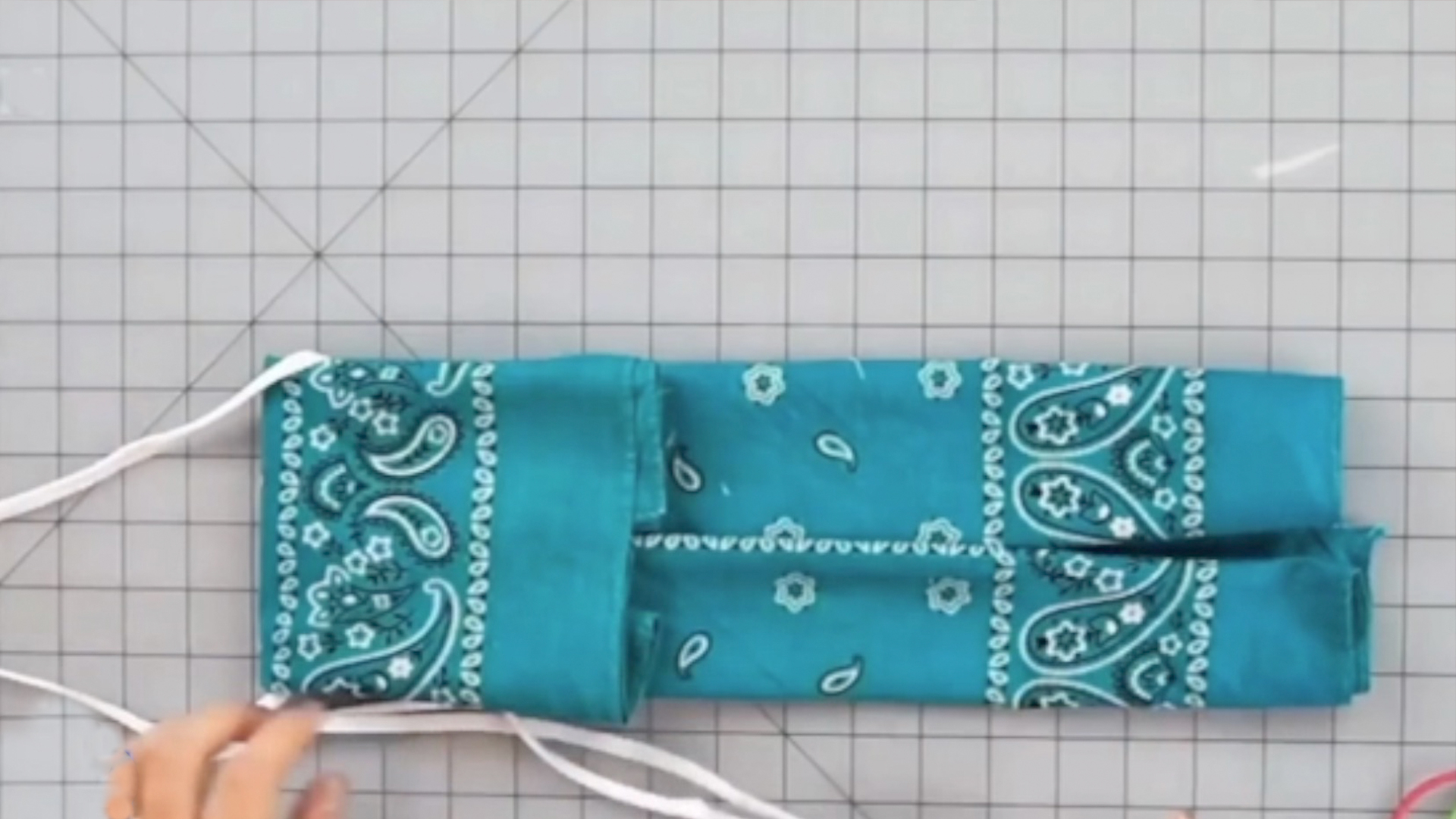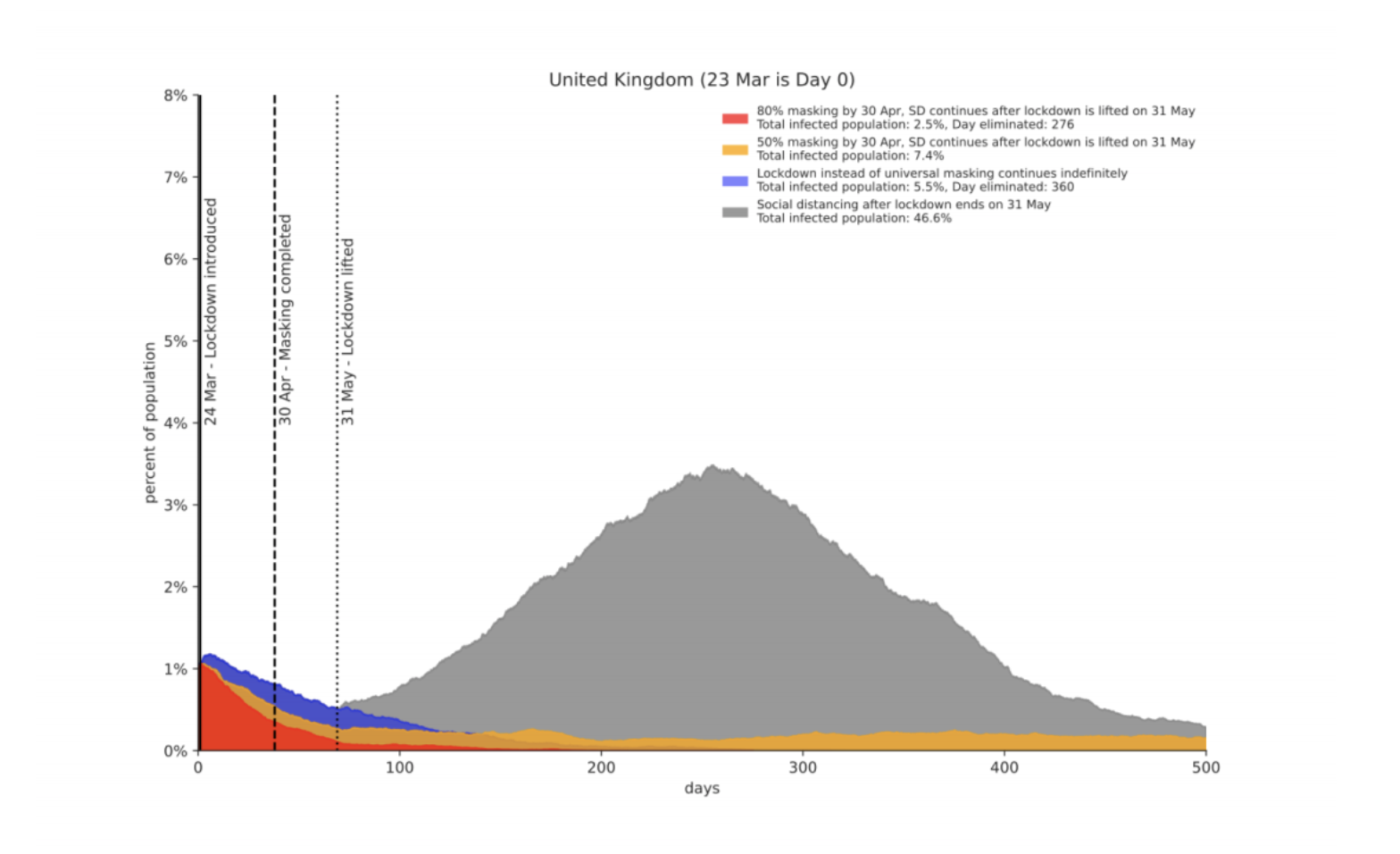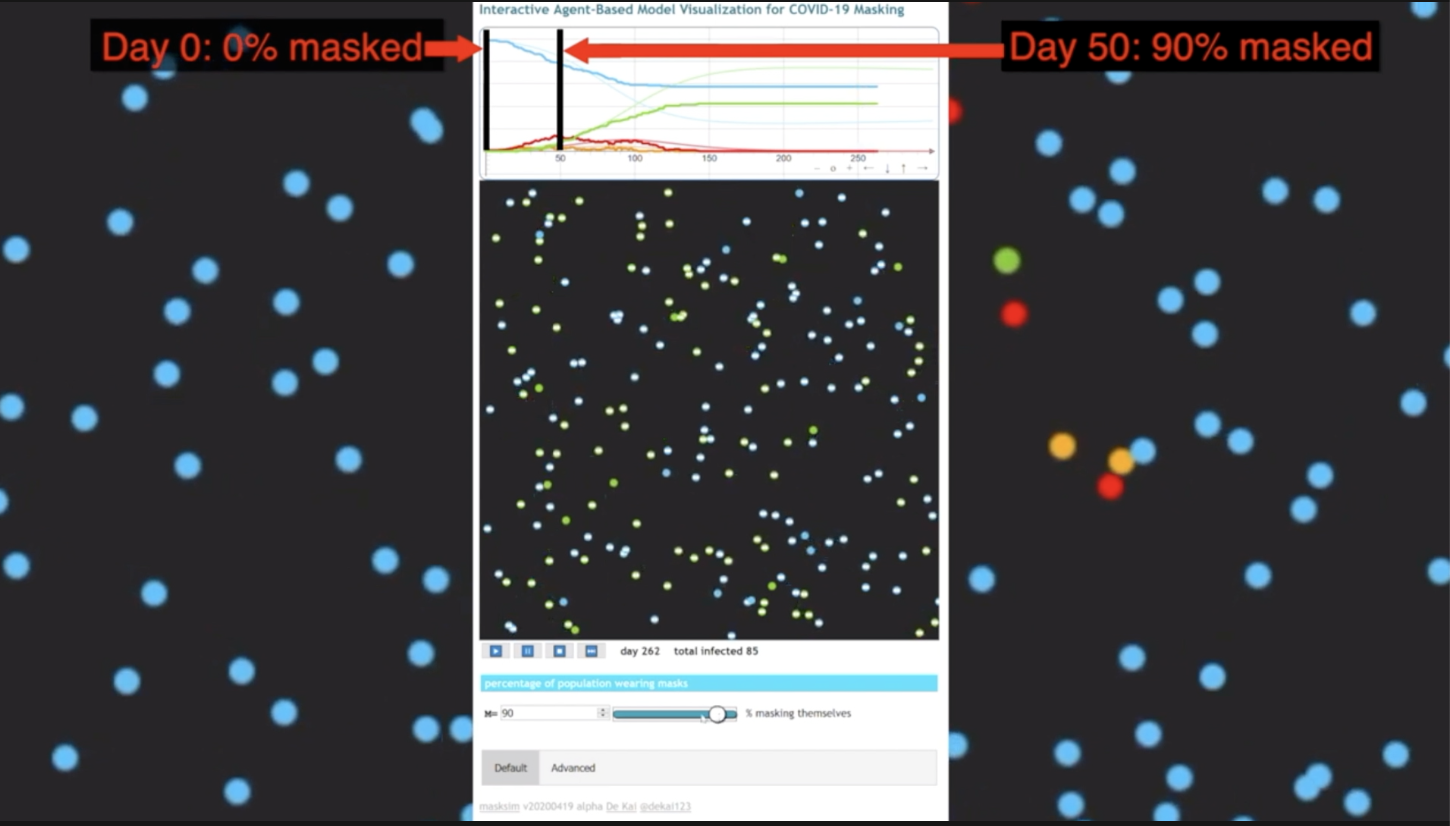02:30

To wear a mask or not to wear a mask has been a debate in many countries since the COVID-19 outbreak.
A research team published a study in April and used AI behavior models to validate the significance of universal masking in preventing coronavirus spread. They discovered that if over 80 percent of the population started to wear masks on day 50 of the outbreak, it could still curb the coronavirus.
This new pre-print study was published on Arvix.org. in April. Researchers from the University of Cambridge, University College London, Ecole de Guerre Economique, the University of Science and Technology in Hong Kong and the Family Federation of Finland proposed two AI models to predict the impact of mask-wearing on the coronavirus spread.
One conclusion is that a universal mask policy is more cost-effective compared to a lockdown. If without masking, even with continued social distancing in place once the lockdown is lifted, the infection rate will increase and almost half of the population will become affected.

Using UK as an example to show if lock down is lifted, social distancing in place without universal masking will definitely have a second wave of infection. /Study screenshot
Using UK as an example to show if lock down is lifted, social distancing in place without universal masking will definitely have a second wave of infection. /Study screenshot
De Kai, Professor of Computer Science and Engineering at Hong Kong University of Science and Technology said: " It's far more comfortable to lockdown our noses and mouths, instead of locking down our full bodies, and trapped inside of our houses. It's a small price to pay."
The research team also invites people to interact with the AI simulation model on their website to see how mask wearing among a population could curb the spread of the COVID-19 virus. Their results indicate that masking can significantly reduce virus spread if adopted sufficiently early. 100 percent mask adoption at the beginning of an outbreak results in a dramatic decrease in the number of infections, while 90 percent adoption has a good chances of suppression after 50 days. However, 50 percent adoption or waiting until day 75 to institute a mask policy were found to be insufficient.

AI simulator to suggest that even on day 50 to adopt universal masking policy could still control virus spread. /Web photo
AI simulator to suggest that even on day 50 to adopt universal masking policy could still control virus spread. /Web photo
"The urgency is that we are running out of time, because for most countries outside of East Asia, Day 50 is around the corner, or is coming within next couple of weeks. So that is the point where you can catch the accidental spread, and you can flatten the curve to buy enough time for hospitals, and more importantly to develop treatment and vaccines which scientists are racing to develop. Once these are out there, we know how to treat it more effectively, and we can vaccinate people who have not got it, so that we can rest the pandemic. So that's how we group up," De said.
This research shows even cheap home-made masks could work effectively to stop the virus, if over 90 percent of the population adopts masking before Day 50 of an outbreak. They hope policymakers around the world will consider universal masking as part of their their strategy when lifting a lockdown.